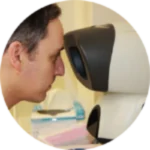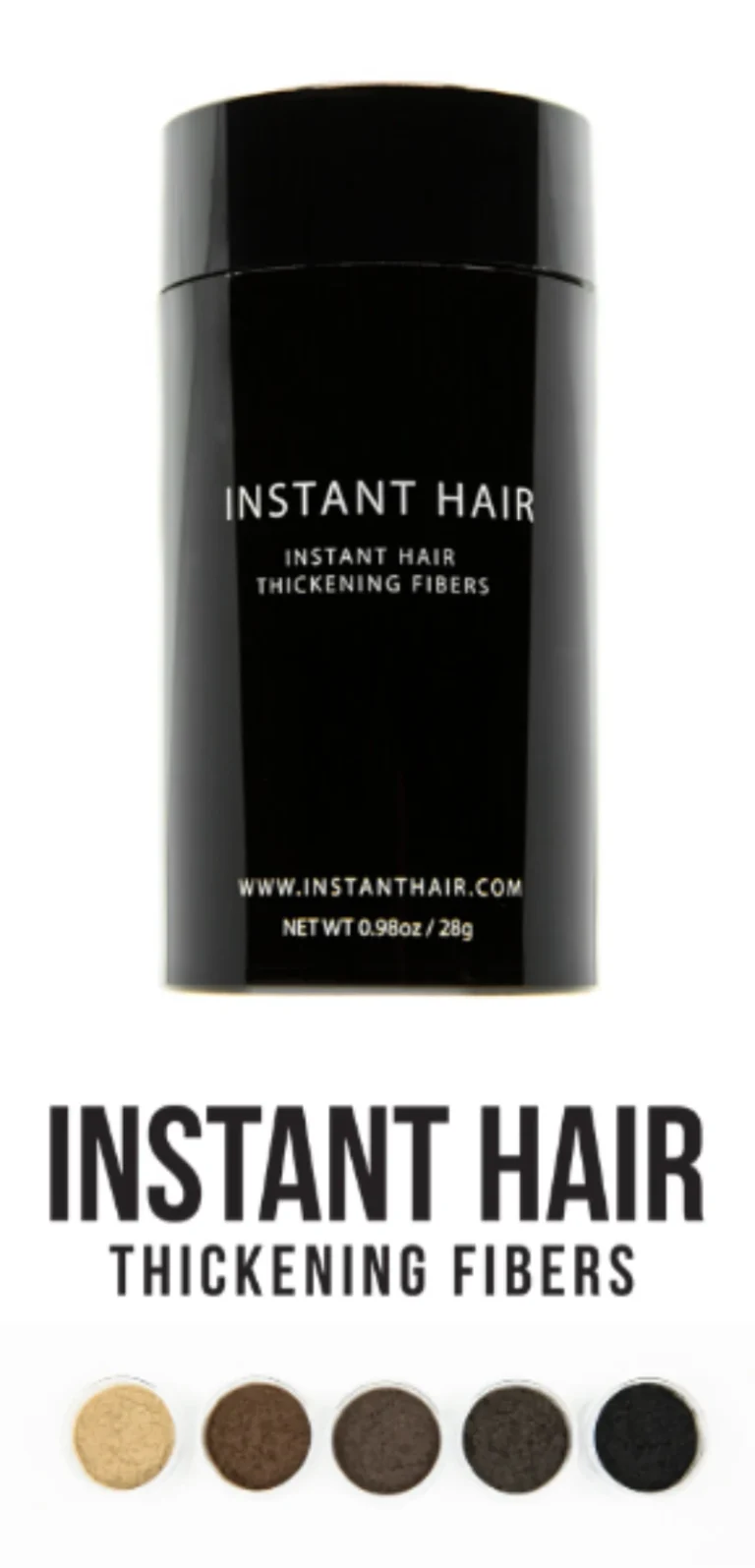Advantages of FUT Strip Surgery
FUT strip surgery offers several advantages for patients seeking hair transplantation. These advantages include:
High Follicle Survival Rate
Among the available procedures, FUT has the highest rate of follicle survival, up to 100 percent. This is particularly important for patients with limited donor hair, as every follicle counts. The success of a hair transplant relies on the survival of the transplanted follicles, making FUT an attractive option.
Budget-Friendly Option
FUT is generally more budget-friendly compared to other hair transplant procedures. Surgeons typically fut hair transplant price per follicle, and since FUT allows for a larger number of grafts in a single session, it can be a more economical choice for patients.
Time Efficiency
Hair transplants can be time-consuming, often requiring multiple sessions due to the large number of follicles involved. FUT strip surgery significantly reduces the time spent in surgery, making it suitable for individuals who have busy lifestyles and prefer minimal downtime. Additionally, shorter surgery times help maintain discretion for those who wish to keep their hair transplant surgery private.
Top-Notch Hair Quality
Achieving natural-looking results is a priority for hair transplant patients. FUT has become an industry standard because the donor areas harvested through FUT tend to be healthier compared to those obtained with FUE. The quality of the hair obtained through FUT contributes to the overall success and satisfaction of the procedure.














